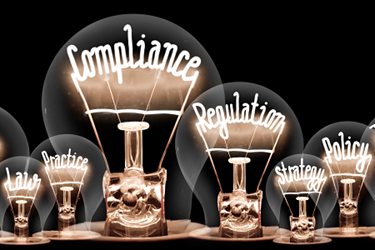How Quality And Compliance Can Help Reduce The Cost and Time Involved In Executing Clinical Trials
By Martin Browning

Considering the enormous cost of clinical research, life science companies and the contract research organizations (CROs) they hire are keen on reducing expenses. While cost cutting seems a logical approach, sponsors and CROs need to realize that reducing cost at the expense of quality and compliance can be self-defeating over the long haul if it means expensive corrective action and preventative action (CAPA) or downright failure to obtain accurate clinical research data.
Quality and compliance go hand in hand in clinical trials. Poor quality in conducting the clinical trial could mean noncompliance. It could potentially mean regulatory inspection and inaccurate data that could lead to wrong conclusions about the efficacy of the drug being investigated. Worse yet, poor quality might harm clinical trial subjects. Conversely, ensuring quality makes compliance smoother, which in turn could help reduce delays and lower the overall cost of clinical research.
While it makes good business sense to cut cost and time, sponsors and CROs should do so without sacrificing quality and compliance. Here are some ways to improve quality in clinical research and ensure GCP compliance.
Get unlimited access to:
Enter your credentials below to log in. Not yet a member of Clinical Leader? Subscribe today.
